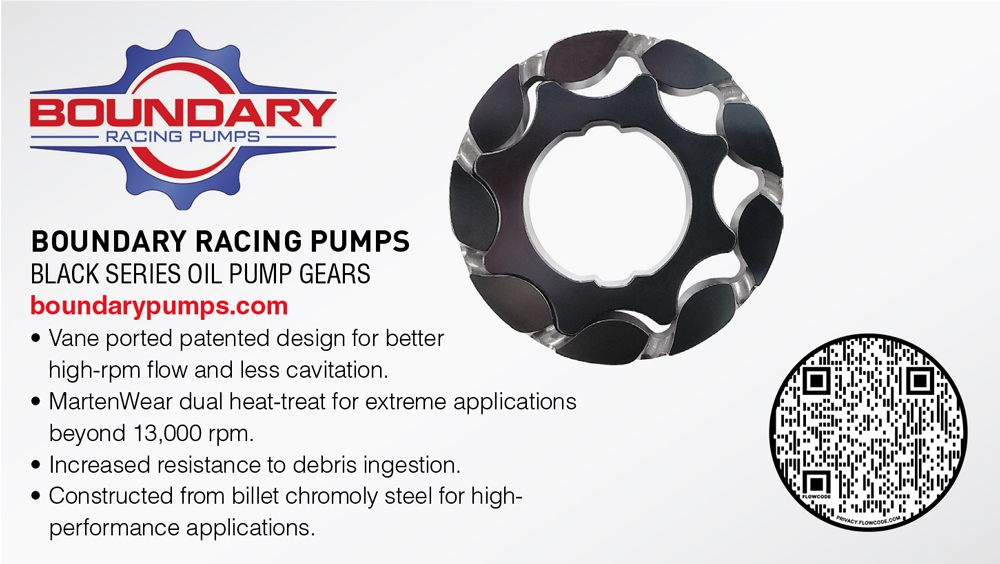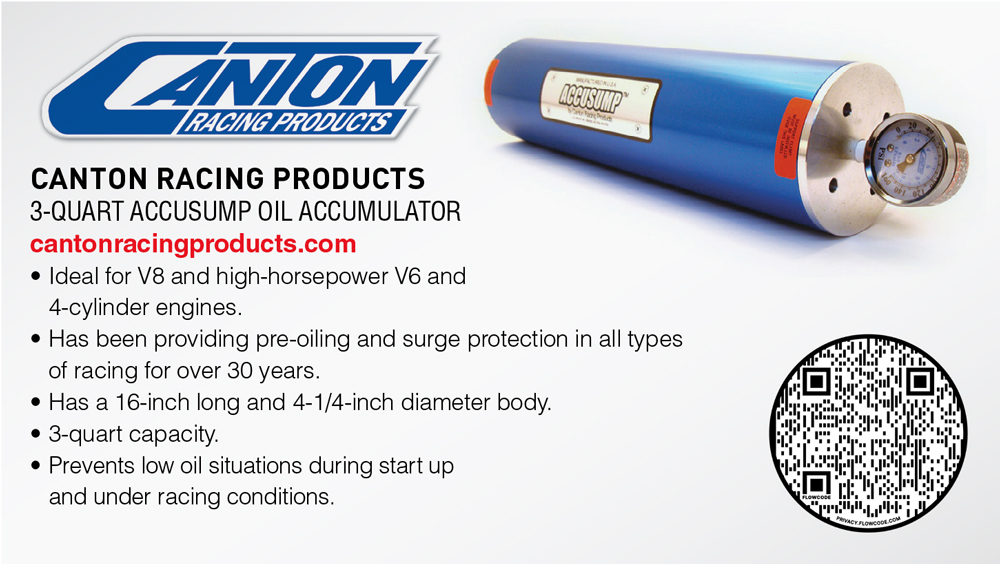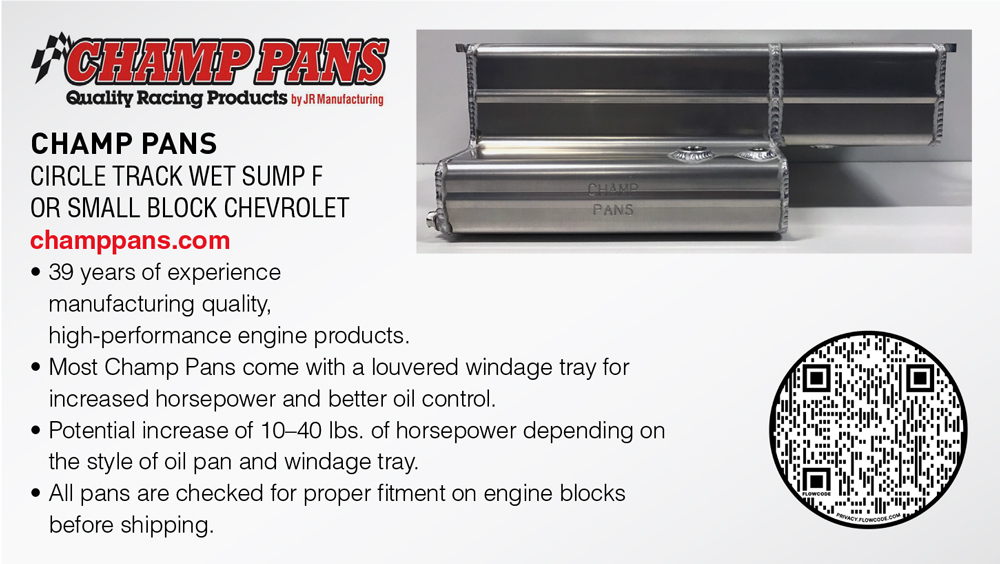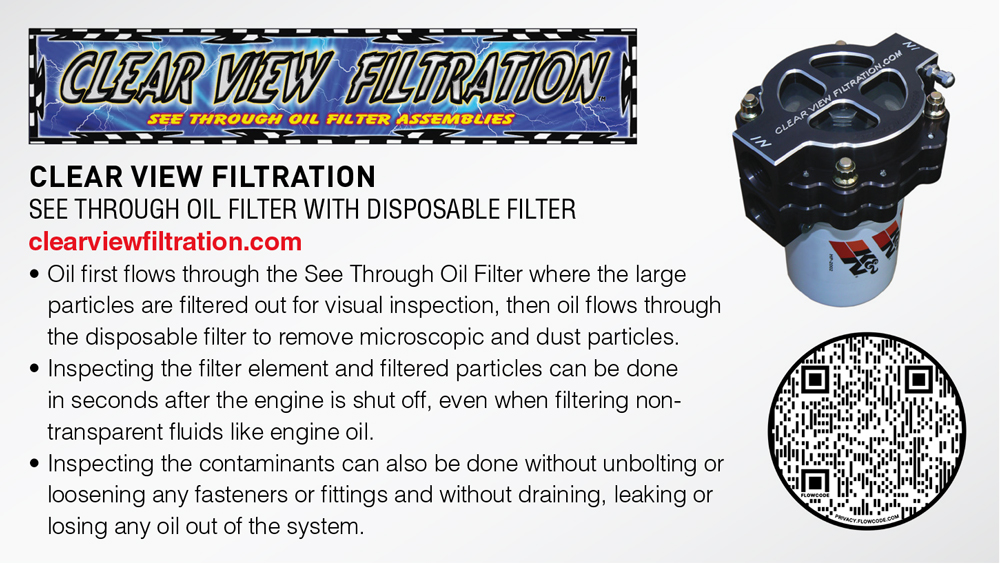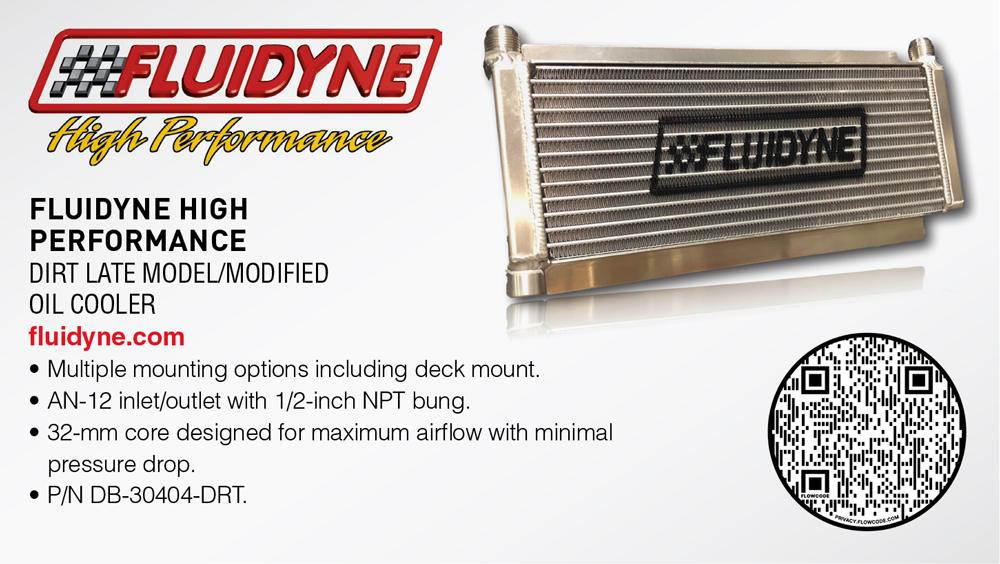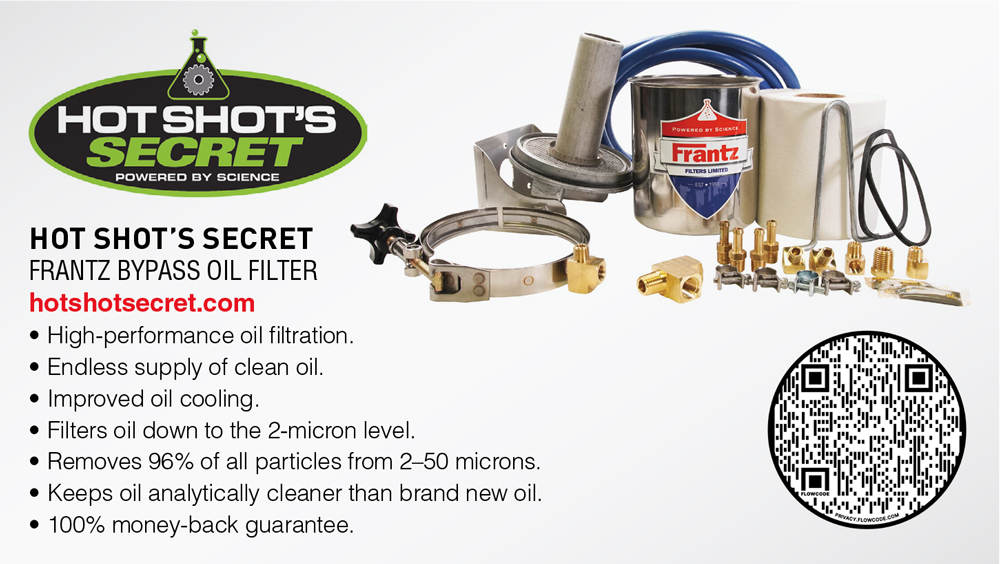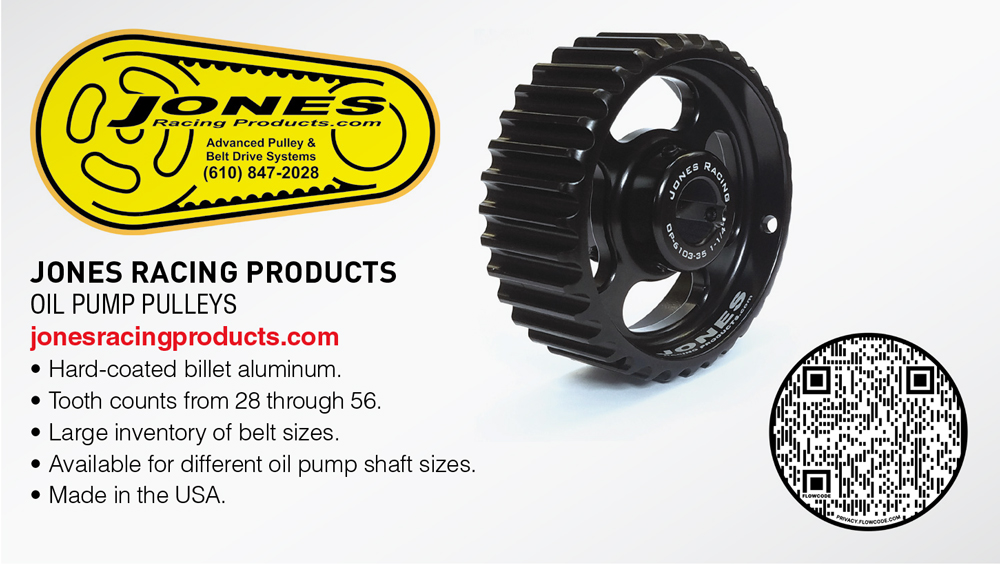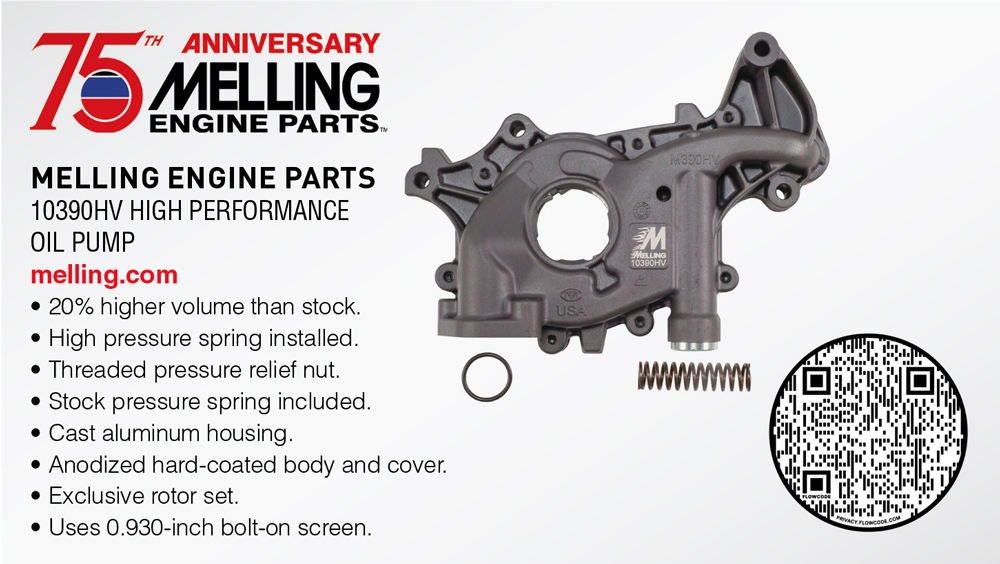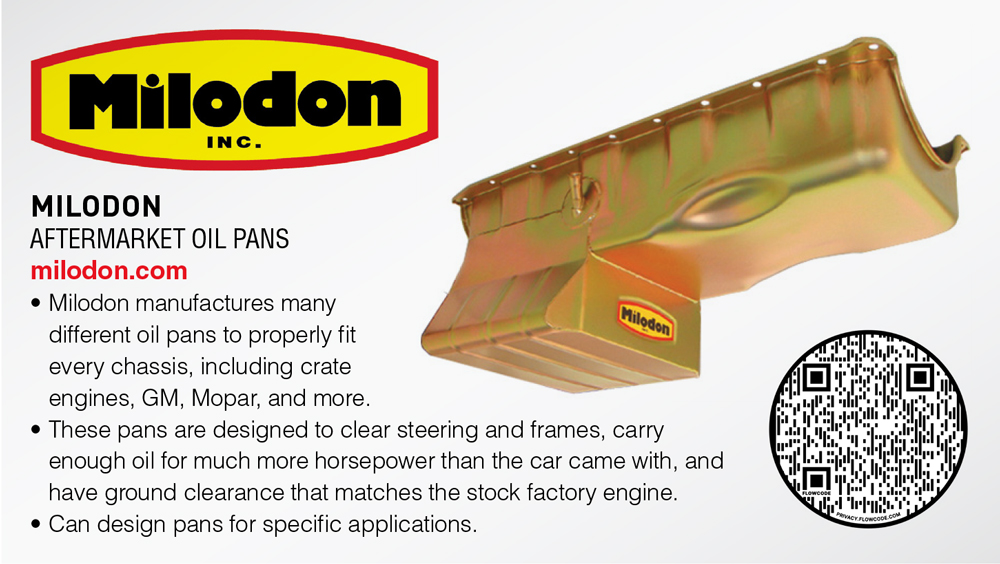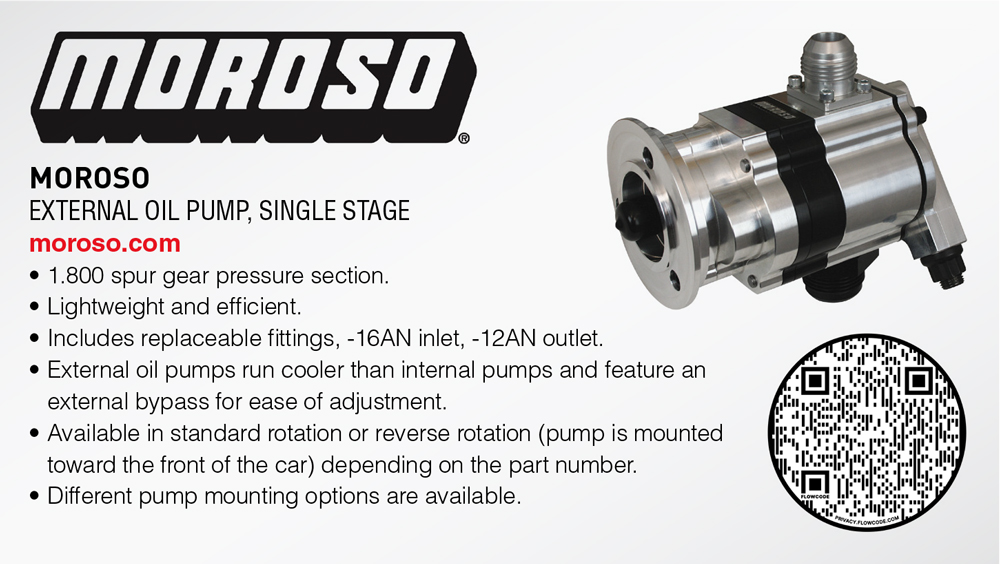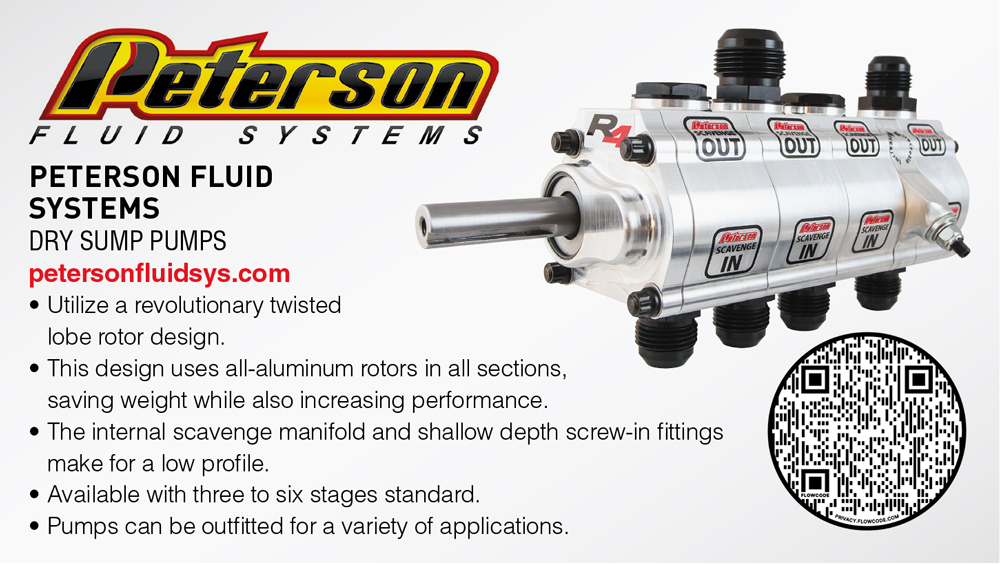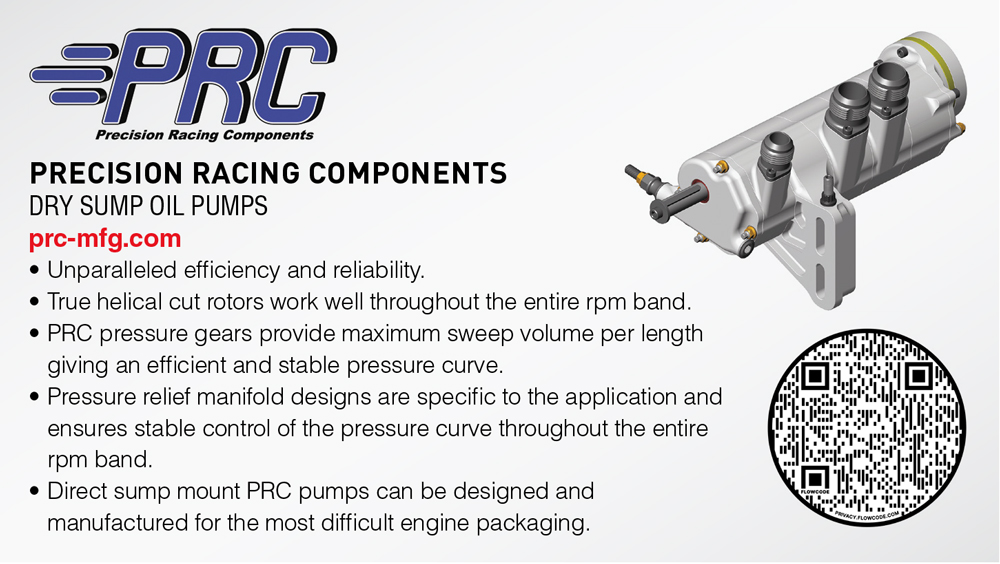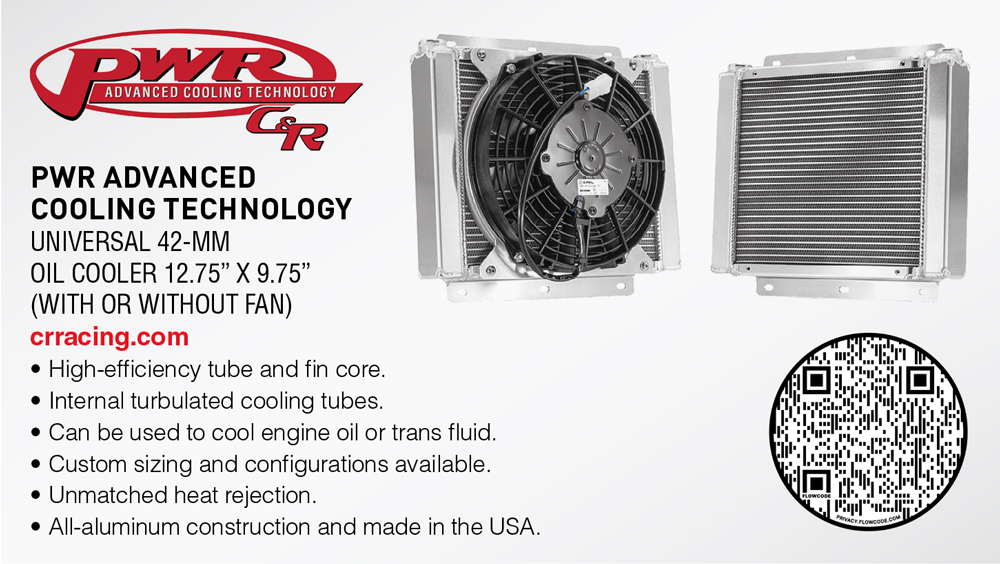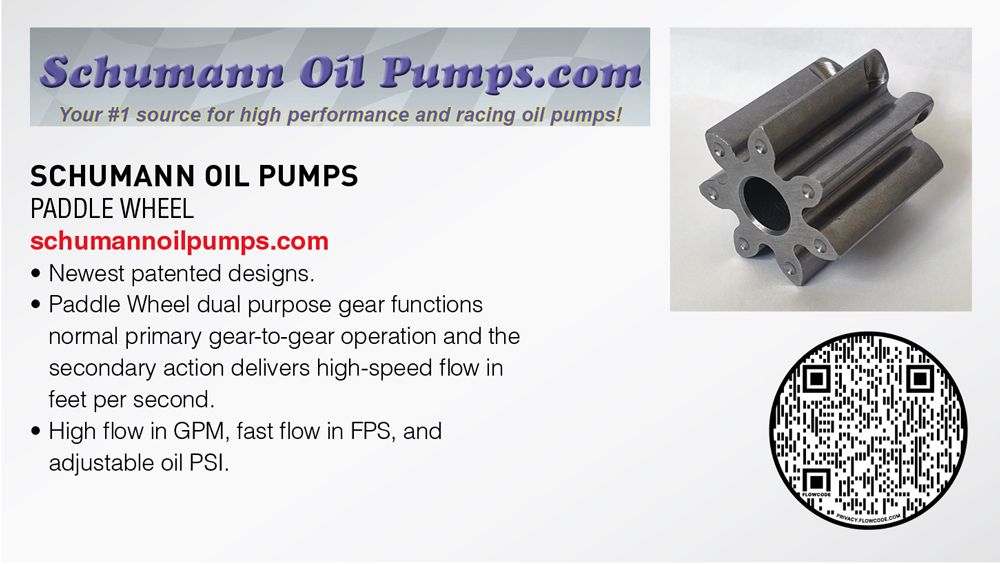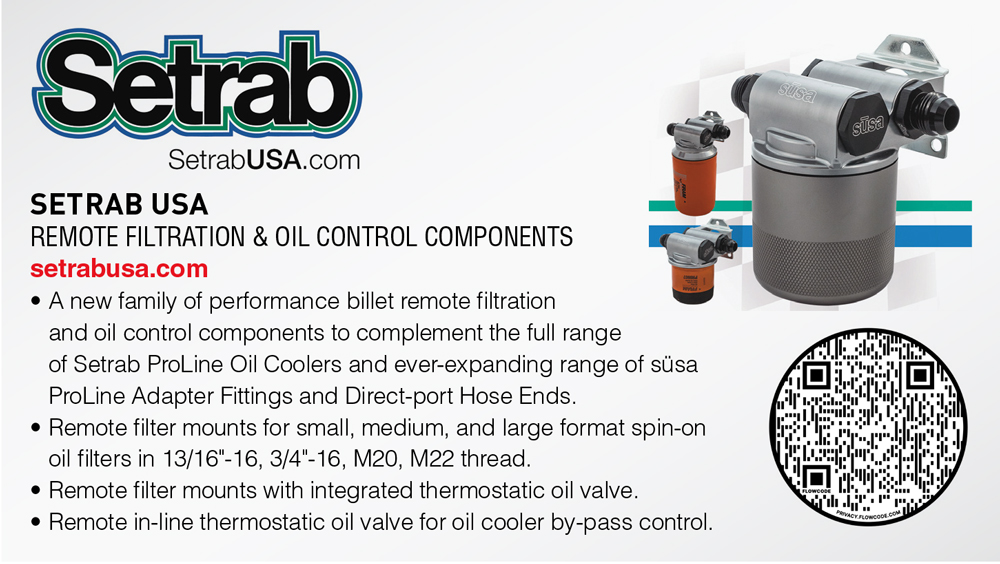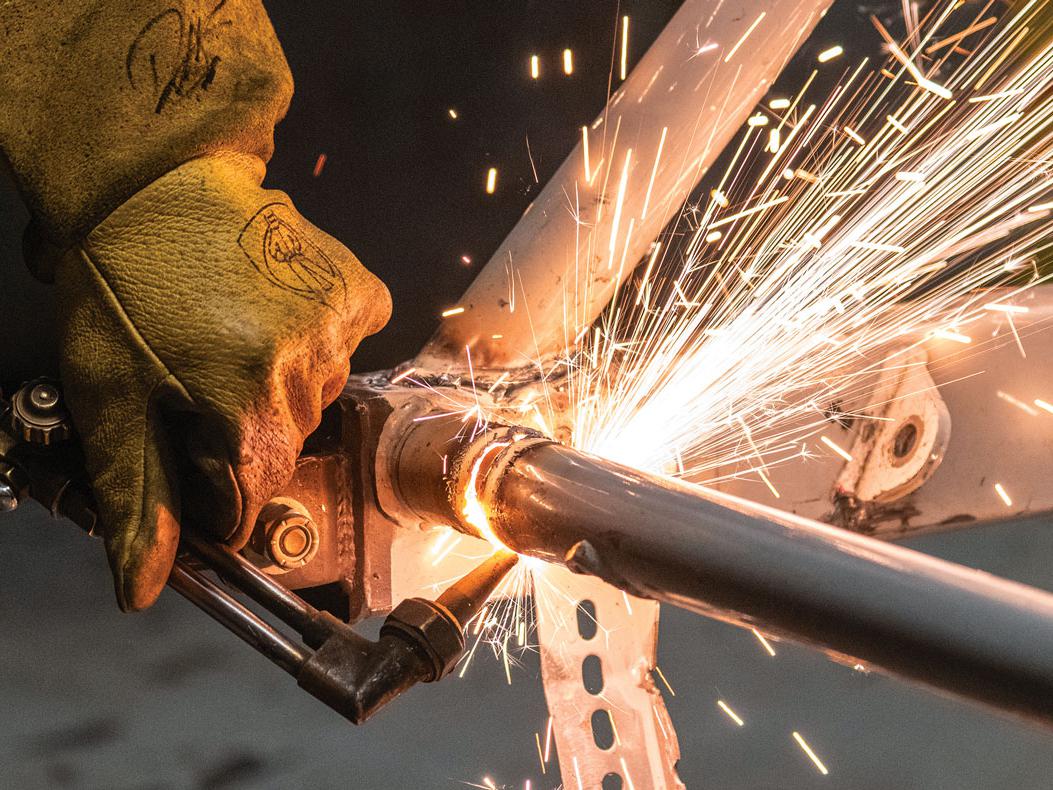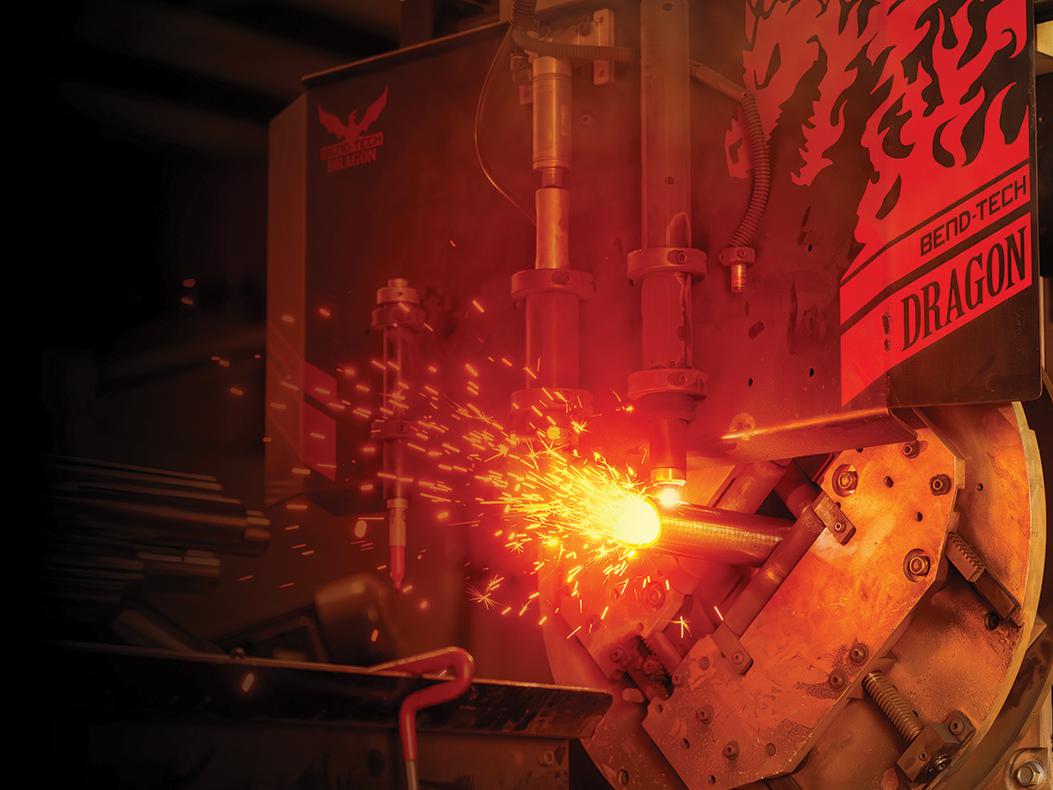A Reservoir of Solutions
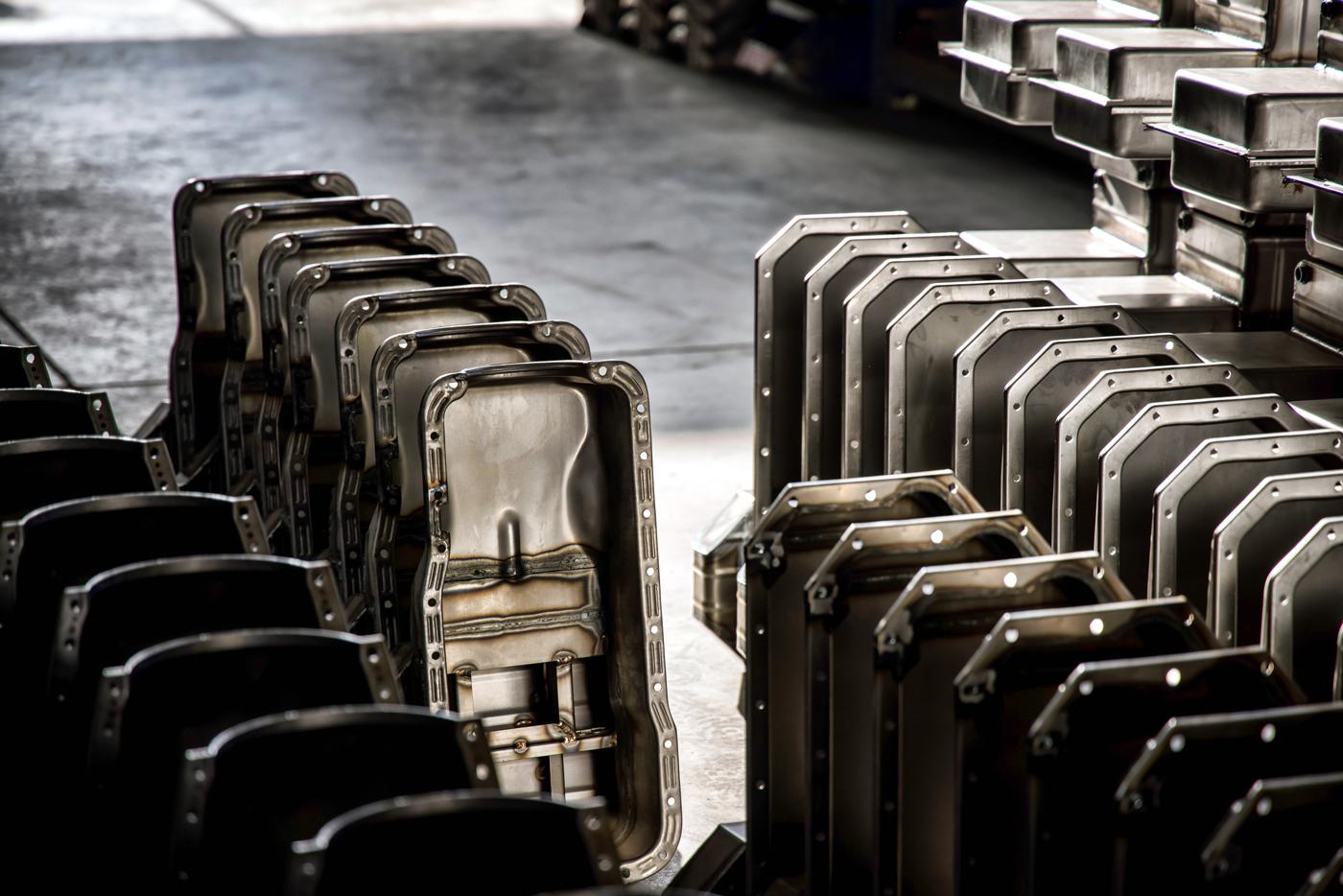
How to fix low pressure, excess consumption, windage, and other oiling system problems that often arise in race vehicles.
Considering how important proper oiling is to a race engine, it’s surprising to learn from oil system experts how many corners tend to get cut when these systems are put together.
“We get these calls every day,” said Steve Morrison of Milodon, Simi Valley, California. “A guy buys a $44 mail-order oil pan with zero baffles or oil control for his aluminum-headed, 500-horsepower engine and has oil pressure issues every time he gets on it. The problem is, buying a rudimentary empty steel bucket can cost you an $800 crank—or more.”
“Anybody who is spending the time, money, and thought process on a ‘built’ engine for racing should make their oiling system a high priority,” said Thor Schroeder of Moroso Performance Products, Guilford, Connecticut. “Why risk the investment or cut down on the potential of a built engine by not using the proper oiling system?”
Why indeed? In order to complete the circle, we recently asked Morrison, Schroeder, and other oil system experts to identify some of the most common problems they’ve seen in race engine builds and how to solve them. Along the way, we also learned about a few new products in the pipeline, some of which may debut at the PRI Trade Show in December.
Low Pressure
There can be several reasons for an engine’s oil pressure to read low, or lower than expected, especially after the engine has been rebuilt.
“We’ve had customers rebuild an engine with the exact same parts and have lower than previous oil pressure due to different tolerances on the new parts versus the old parts,” said Pat Haberkorn of Peterson Fluid Systems, Longmont, Colorado.
“The engine builder enlarged clearances in the bottom end to make them support more power and rpm,” explained Travis Rosenbarger of Boundary Racing Pumps, Royse City, Texas. “The customer doesn’t understand why those increased clearances could cause less pressure. Before it was at 80 psi at 2,000 rpm, now it’s 55 to 60. But there’s nothing detrimental going on. It’s just how the engine was rebuilt.”
Engine rebuilding can cause oiling problems if the builder isn’t paying attention, Rosenbarger said. “There are restrictors in the head that limit the amount of fluid that goes into the head. Sometimes engine rebuilders will remove them and forget to replace them. Same thing with piston squirters. If you forget to put them back in, they just dump oil out, and you might get like 5 psi. Make sure all accessories are replaced and working properly.”
Oil Coolers
Several of our experts cited external oil coolers as a contributor to lower oil pressure, “especially if the oil cooler is designed inappropriately for the system,” said Herb Engelhart of C&R Racing, Indianapolis, Indiana. “In fact, if an engine is having a pressure issue, an oil cooler could be detrimental due to increased pressure drop.”
If a racer is experiencing “poor oil cooling in a ‘good’ oil system, that could be cooler-related and/or related to lack of airflow to the oil cooler,” Engelhart said. “Some oil coolers lack internal turbulators in the cooling tubes, which reduces their heat rejection by a fair amount. We don’t sell any oil coolers without internal turbulators.”
But it’s airflow, he pointed out, that’s the most important factor. “An oil cooler needs a reasonable amount of air, or it simply won’t work well, even if it’s the best oil cooler money can buy.”
Schroeder noted that problems can arise “when a racer has an engine blow up but doesn’t clean out or replace the oil cooler lines, replace the oil cooler, and clean out the accumulator if equipped with one. Before the engine blows up there will be bearing material and other pieces of the engine depositing themselves throughout the oiling system. Someone might think they are saving money by reusing an oil cooler, but the deposited pieces in the oil cooler are just lurking to destroy the new engine.”
Oil Temperatures
However, when oil temperatures become too high, that is when many racers decide to invest in an oil cooler, but some customers need the guidance from a dealer or manufacturer to determine which product is best for their application. “We get many calls about a customer needing an oil cooler because their oil temps are too high,” explained Ryan Williams of FLUIDYNE High Performance, Mooresville, North Carolina. “The first step is to get a baseline of your current oil temps. If you do not have an accurate gauge and sensor, that should be your first purchase. With that information, an aftermarket supplier can provide better solutions for your specific needs. Optimal oil temperatures are generally 230–265 degrees Fahrenheit for a non-synthetic blend. It is important to get the oil temperature up to 230 to burn off condensation and other acidic deposits that can contribute to excessive bearing wear. Conventional oil will start to break down above 270 degrees, but you can increase the upper limit by switching to a high-performance synthetic oil. We find that once fully informed, the customer can make smarter decisions about their setup instead of hanging parts and hoping for the best.”
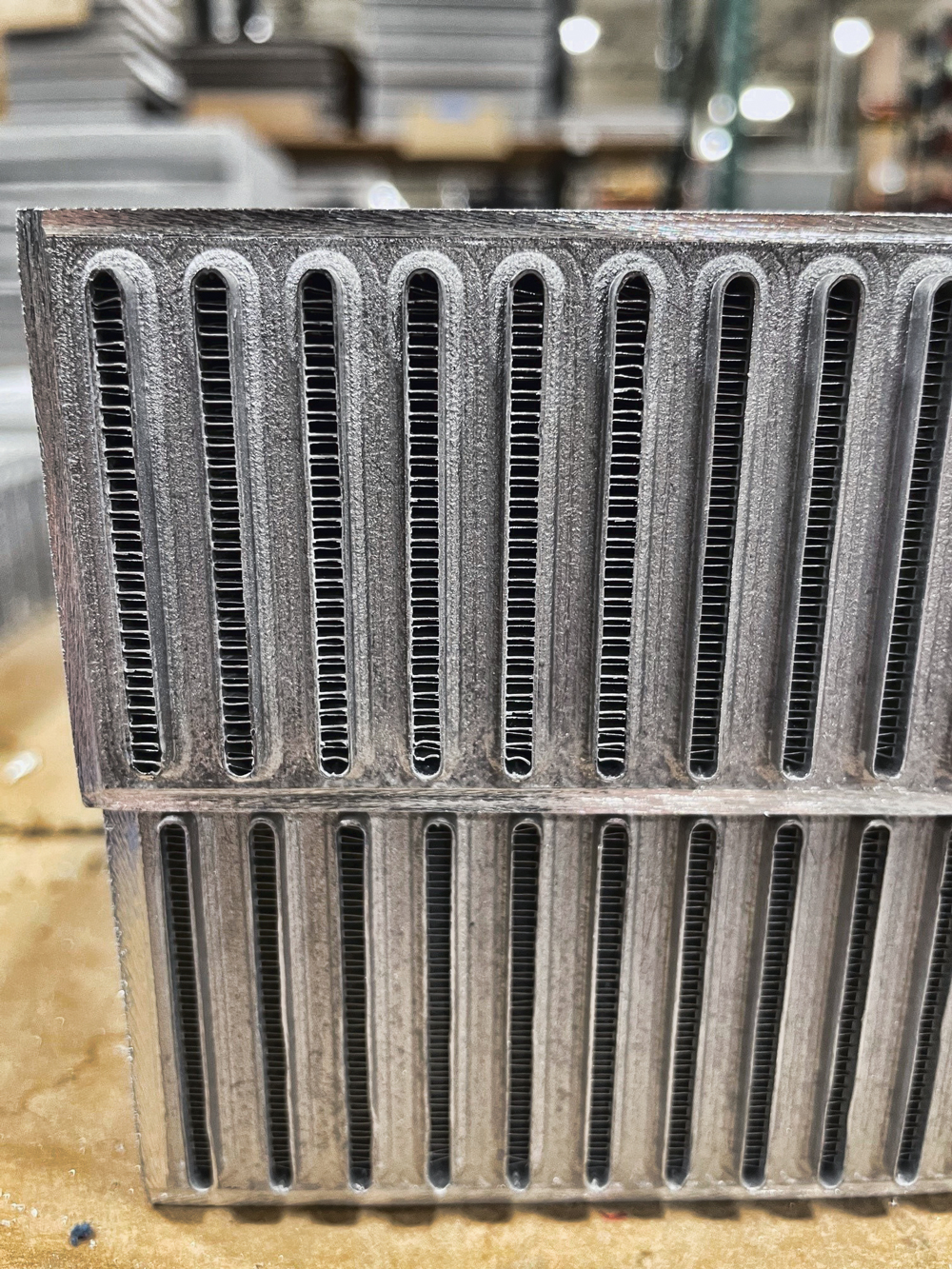
The Proper Pump
“Most racers today realize they will have to run a quality oil pump to get the performance and reliability they are looking for,” said Schroeder. “The wrong pump selection can result in the engine having poor performance or a diminished life expectancy.”
Moroso’s oil pump solutions run the gamut from CNC-machined blueprinted oil pumps to billet aluminum oil pumps and custom dry-sump systems.
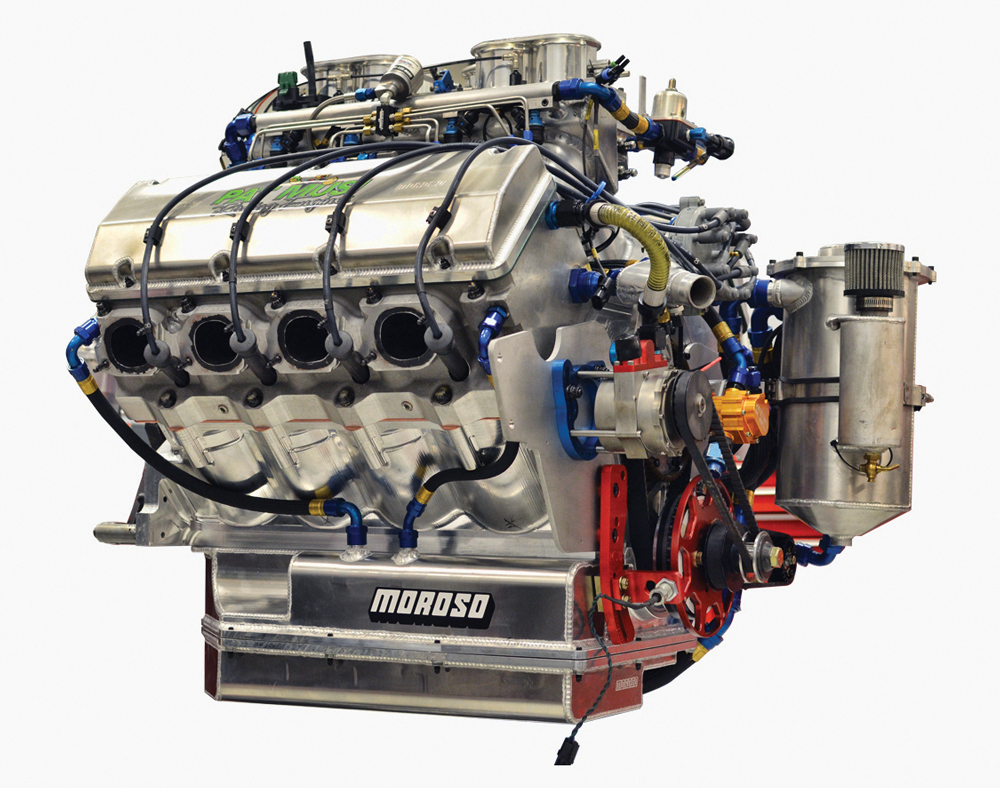
“If a customer has any questions about which oil pump to use, the customer should work with us directly,” Schroeder said. Finding the correct pump will entail discussing variables such as “the intended rpm range of the engine, whether or not the engine is normally aspirated or has a power adder, and what fuel type the engine is going to use. From this information we can recommend which of our pumps should be used, be driven at what speed, or even come up with a custom dry sump pump specifically tailored to that application.”
OEM vs. Performance Pumps
Problems can arise when a racer uses an OEM oil pump in a high-performance engine, said Rosenbarger. “OEM pumps are made for OEM duty cycles and OEM rpm. If you get a car with a 6,000-rpm limit, the factory doesn’t expect that pump to run at 6,000 rpm for an hour straight or even close to it. They expect it to run at 2,000 rpm for 100,000 miles and have certain stints up to 6,000.”
The weak links in the OEM pumps are its gears, “which are generally made out of a press sintered material,” he explained. “At the microscopic level, a press sintered gear has a bunch of holes and porosity inside of it. If you hammer on it, particularly against the rev limiter, there will be a weak spot in that gear with enough holes that it will break in half. That causes an instantaneous loss of pressure with no warning and generally a cooked motor every time.”
Rosenbarger noted that “in the Coyote market especially, I see guys buy a brand new 2021 model and have it in the shop doing oil pump gears before the dealer tag is off it. They know those gears are going to wear or fail.”
It’s not that Ford is making substandard gears, he added. “But these cars come out of the factory at 500 horsepower and then go straight into the shop for a Whipple or another power adder. All of a sudden, they’re at 850, 900 horsepower. Some of them go straight to twin turbo, which is 1,200 to 1,500 horsepower. That’s just way too much for the oil pump gear.”
Ford is not the only OE with these issues, Rosenbarger noted. “Gear failure in general is widespread.” That’s why while Boundary sells full oil pump assemblies, “a lot of what we do is replace the gears inside of them.”
Gear-to-Gear PUMPS
While OE-style gerotor pumps are used in many of today’s performance engines, the gear-to-gear pumps found in traditional small block and big block Chevrolet engines, as well as Pontiac and Oldsmobile engines, “are still strong contenders for a percentage of the marketplace,” said Verne Schumann of Schumann’s Sales and Service, Blue Grass, Iowa. Improving those gear-to-gear pumps has been his focus for years, and his innovations are keeping these older-style pumps—and their host engines—not just alive, but competitive.
His latest design is the Paddle Wheel gear. “Gear-to-gear pumps operate by the curvature of the teeth in the gears rotating against one another,” Schumann explained. “They squeeze the oil to move it.” The Paddle Wheel gear incorporates cup cavities in the idler gear that “shoot oil at high velocity to the outlet of the pump.” While the meshing of the gears remains the primary means of moving the oil, the Paddle Wheel cups provide a secondary oil transfer within the same pump housing. The cups move the oil “about two to three times faster in feet per second” at the same gear rpm. “When you exit a bunch of oil fast like that, it creates a void in the vertical column of oil, which means the gear-to-gear portion is easier and quicker to work.” Easier translates to using less horsepower to move the oil, and quicker means the pump’s output can better keep up with engine rpm.
Debris Flow
During his years as an engine builder prior to founding Billet Connection in Spokane, Washington, Mike Cofini would inspect about a dozen of his customers’ bracket-race engines at the end of each season. He found some of the engines showed vertical scratches on the cylinder walls. “I would have to do a hard hone on the cylinder walls, a hard polish on the crankshaft, and replace all the bearings.” On other cars, “I couldn’t tell if they had 25 or 150 runs on them,” and the bearings were nice enough to re-use.
He realized the racers with the undamaged engines either towed their cars to the staging lanes and then back to the pits after the pass, used a disposable oil filter instead of a screen filter, or both.
“When we drive our cars back to the pits, a lot of times those roads are dirty, or you have to pull off into the gravel to allow somebody to pass you,” Cofini explained. “Your headers are blowing dust and dirt off the ground, and it’s getting sucked down into the carburetor or injectors.”
The screen filters, “which I have been a fan of all my life,” could not catch those dust particles, he added. “For the first time in my 30 years of building motors I realized that the dirt and dust we suck down the carburetor and injector were contributing to the scratches I see inside the engine.”
Cofini turned his research project into Billet Connection’s Clear View oil filtration assembly, which allows a racer to see the oil through the filter to determine its condition. “There’s a little air fitting on the side of the assembly. When you shut your engine off, a shot of compressed air to that fitting pushes the dirty oil out of the filter so you can see every large, visible particle caught on the top of my screen. In a matter of five seconds after you turn your engine off, you can see if anything is eating itself up inside the motor.”
He has also adapted some of his assemblies to put a disposable filter underneath the screen filter “to catch the microscopic particles we can’t see but that can leave marks. I’ve converted hundreds to that disposable filter with our unit on top. It has helped their motors, giving them more runs on the bearings, cylinder walls, and rings.” He also pointed out that the “disposable filter flows more than twice what any pump could pump at 10,000 rpm, so it is not a restriction in the oil system.”
Excessive Oil Consumption
The scratches in the cylinder walls “are directly related to oil consumption and wearing out the rings,” Cofini said, an issue that is compounded with the use of low-tension oil rings on the pistons.
“A low-tension oil ring is not applying a lot of pressure against the cylinder wall,” he explained. “Those vertical scratches cause little grooves, and oil sits in those grooves. If you have 100 grooves, and those grooves are full of oil, when the piston drops below the grooves, all that oil is mixed with the fuel charge and is directly related to oil consumption past the ring. A standard-tension oil ring scrapes oil off the cylinder walls a lot better. Even with the vertical scratches, it will absolutely help control that oil.”
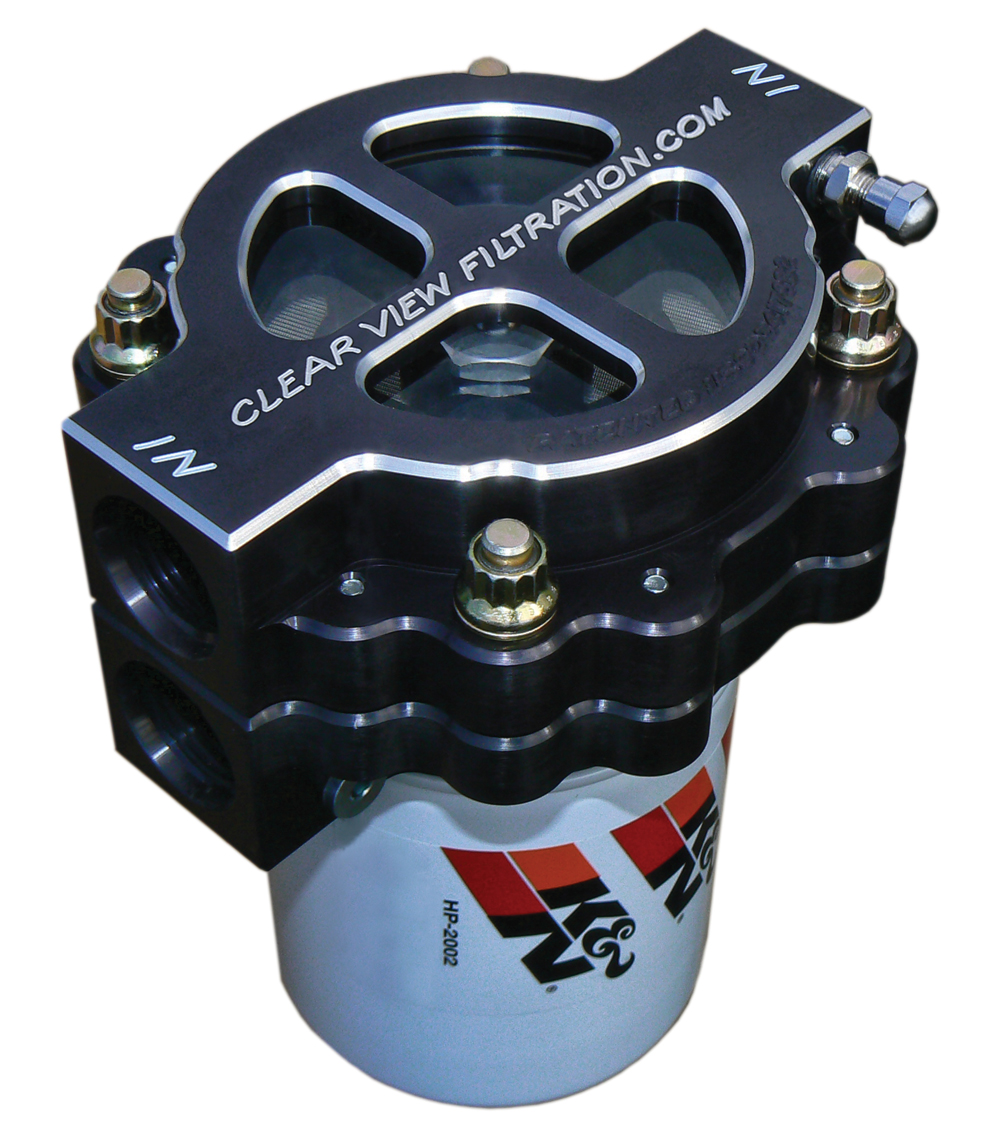
Mike Osterhaus of Melling Performance in Jackson, Michigan, agreed that “when unexpected oil consumption is noticed, the first thing that is thought of is worn or damaged piston rings.” But, he added, “high oil pressure, incorrect oil, or too much oil can also be the cause of oil consumption. All of these can affect the amount of oil that can pass by the piston rings and get burned in the combustion chamber. In addition, worn gaskets and seals will also contribute to the leakage or consumption of engine oil during operation.”
Avoid the Empty Bucket
“Imagine you’re doing a burnout and holding a fishbowl full of water,” said Milodon’s Morrison. “You’re going to wear it as soon as you launch.” Now envision a similar scenario in the empty bucket of an oil pan Morrison referred to at the beginning of this story. A hard launch could not only starve the oil pickup, but the oil will splash against the crankshaft, “where it gets beaten to a pulp. Now half the oil won’t return to the pan because it’s all foamed up.” Plus, the oil hitting the spinning crankshaft “will slow down the crankshaft, like putting brakes on your pistons.”
Milodon and other performance oil pan manufacturers recommend oil control devices to keep the oil from sloshing around in the pan. Baffles and trap doors, generally positioned low in the pan, hinder the oil’s fore-and-aft and/or side-to-side movement during launches and cornering. A windage tray sits in the pan just below the crankshaft to capture oil being thrown off the crank and, through louvers cut in the tray, direct the oil back into the sump.
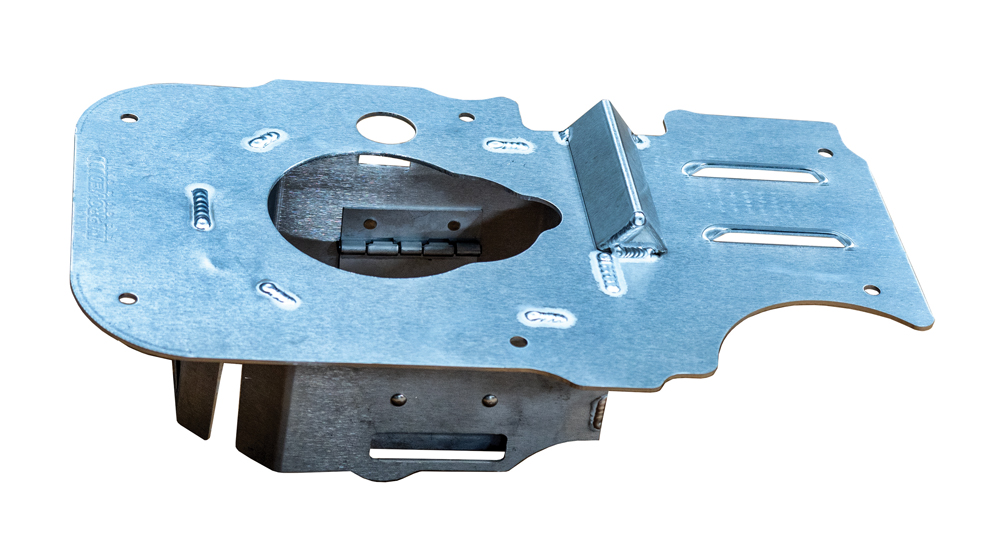
Morrison has received push-back from some customers who don’t want to run a windage tray because they’re “too hard to fit,” he said. But they are height adjustable, he pointed out, and in some cases they may be a power adder. Or at least a power saver.
Morrison dyno tested an LS engine with and without a windage tray, and he found the engine with the tray “picked up 13 horsepower at 3,000 rpm and held that 13-horsepower increase all the way to about 7,200 rpm. Our LS windage tray is about $55, so 13 horsepower for $55 is the deal of the year. It’s not really making horsepower, but it’s keeping you from losing it.”
Pickup Problems
Upgrading the oil pan means upgrading the oil pickup as well, Morrison said. “Our pans are very specific, so the pickup has to be exactly in the right spot.” Trying to re-use the stock pickup “is working around all the engineering the manufacturer put into the pan. You have to buy the pickup and the pan together.”
Rosenbarger advised against modifying the oil pickup. “If you look at the bottom of a Ford pickup, for example, there’s an oval opening in it and the rest of it is covered. People think that if they cut the face off the pickup, the oil will flow better. But that’s a bad idea. The hole is purposely small to make sure that whenever you’re cornering, accelerating, or braking, the pickup hole is submerged in the deepest part of the oil in the sump.” Making the hole larger risks exposing the pickup to the air when oil is moving in the sump. “Customers will tell me they’re losing 30 or 40 pounds of pressure when cornering, and they think there’s something wrong with the pump. I’ll ask about the pickup and find out they cut it open.”
Aeration & Cavitation
Exposing the oil pickup to the air is one way to introduce aeration, or foaming, into the oiling system. A restriction in the pickup tube could also aerate the oil in the inlet circuit, said Osterhaus. “This will reduce the pump’s volumetric efficiency, as the aerated oil has reduced film strength, lubricity, and heat transfer capability, and the oil becomes compressible. This can cause accelerated wear and erratic operation of the hydraulic components, including the lifters, timing tensioner, and camshaft phaser.”
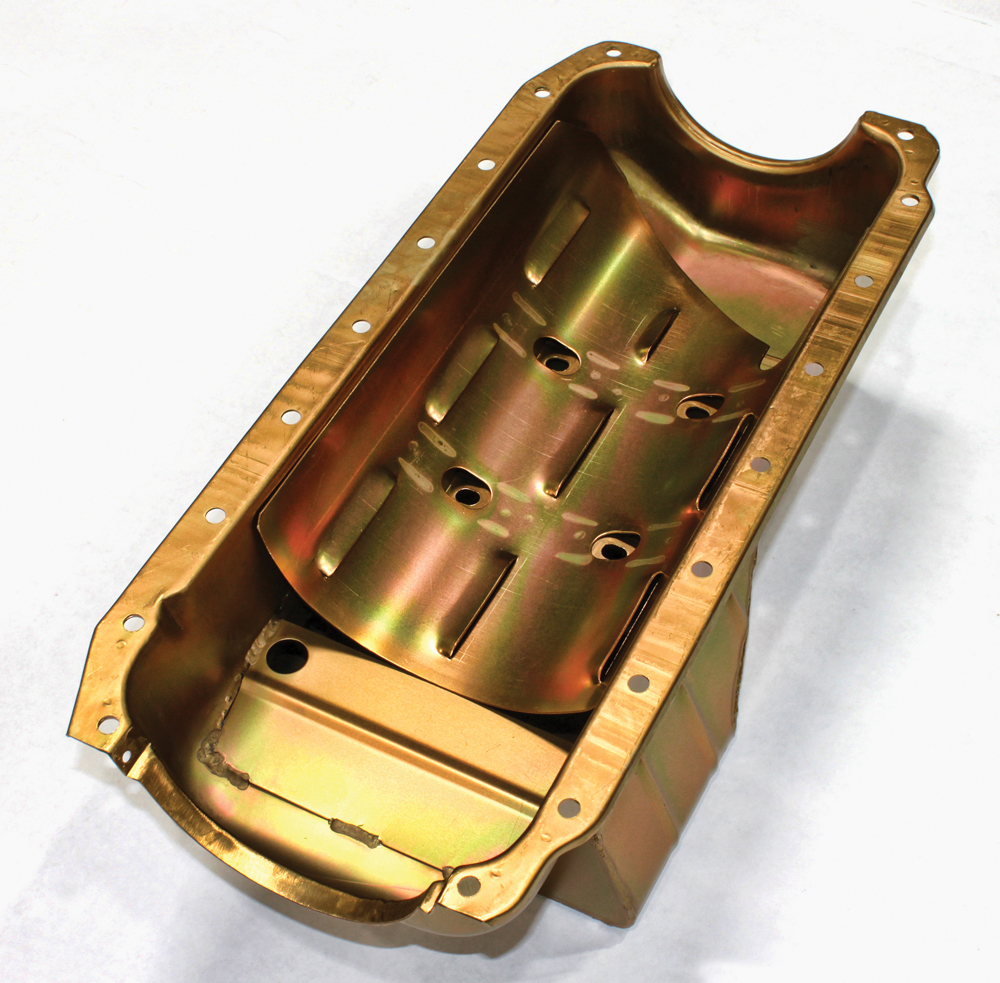
If the pickup tube is severely restricted, “cavitation occurs,” Osterhaus added. “The oil will be subjected to inlet pressure low enough to cause vapor bubbles to form in the oil on the inlet side of the pump. The vapor bubbles do not allow the pump to fill properly, and the bubbles are then transported over to the oil pump’s discharge port, where the high pressure in the port causes the bubbles to implode. When this occurs, there is an enormous amount of energy released. The energy will generate noise and has the potential to cause pitting and surface erosion inside the oil pump.”
On the Drawing Board
Cofini said Billet Connection’s next new product is a dry sump tank, which should be available by the time you read this, or soon after. “It’s a completely machined tank, made from one piece of aluminum. Not a weld in it. It will have a see-through filter on the tank; then I’m making a head that matches our filter and will hold a disposable filter on the pressure side of the system going back in the engine.”
Schumann has a couple of new products in the works, including new gauges that will more accurately and immediately monitor the efficiency of an engine’s oil. The standard oil pressure gauge, he explained, “takes 3 to 4 seconds to react to any changing conditions. That means that part of the story is 3 to 4 seconds behind an event that takes place in the engine.” With 8- to 10-second cars “as common as can be these days,” a time lapse like that could be catastrophic.
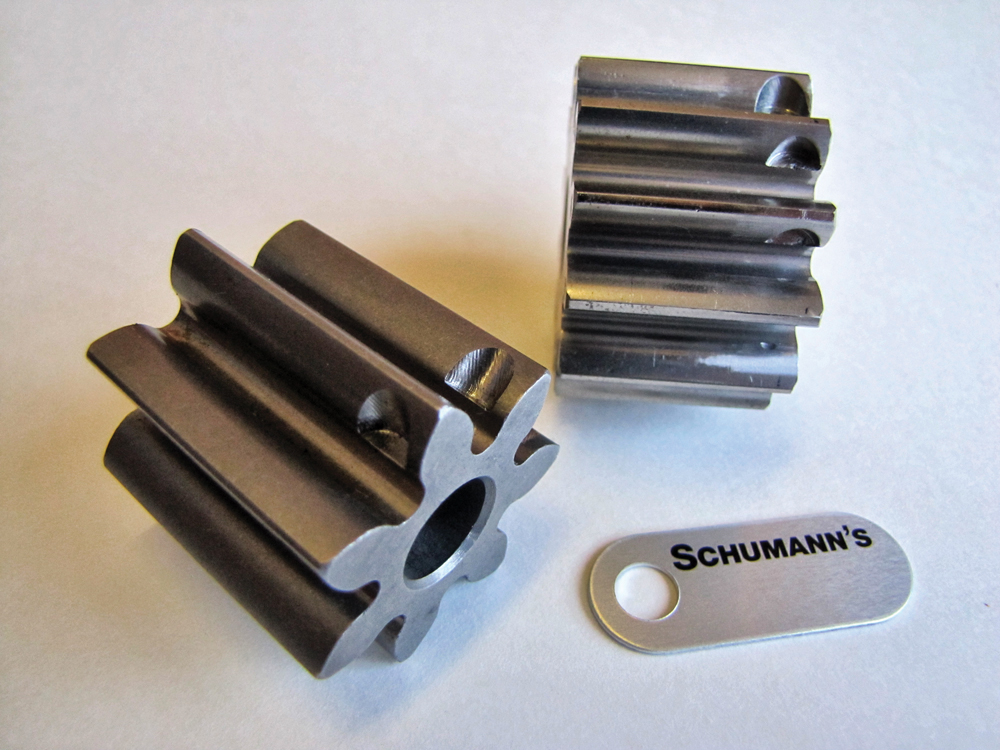
Adding gauges that monitor the oil’s flow in gallons per minute or feet per second would give a truer and more immediate picture of what’s happening with the oil, Schumann said. Those are the monitors under development in his shop. Of the three, clocking feet per second “may be the most important. It measures the ability of the oil to instantaneously keep up with the crankshaft’s rpm gains when moving parts in an engine go from idle speed to high rpm. It’s a whole new parameter that even the best engine builders haven’t monitored.” Pioneering that technology has made developing the gauge a challenge, but Schumann is working with a manufacturer to produce a gauge that “we can have at least with an engine builder on a dyno, and perhaps be able to measure feet-per-second in a race car.”
On the other hand, gallon-per-minute gauges already exist in engine tech labs, “and some NASCAR teams are rumored to have that bolted to the dashboard,” Schumann said. “It’s basically a linear flow, closed loop going through a monitoring gauge. It operates the same as the gauging here in our R&D shop.” That GPM gauge is expensive, though, “a $300 to $500 adventure. I’m hoping to cut that in half at least.” If he’s successful, Schumann said he’d bring it to the upcoming PRI Trade Show.
He also plans to bring what he calls “patented wet sump oil pan technology. I’m not going to build oil pans, but I will sell this technology to oil pan manufacturers.” He wouldn’t go into detail, pending his patent application, but he did say the new technology “will totally change the complexion of wet sump oil pumps and the pan environment they go into. This technology will move forward our tag line of ‘wet sump oil pumps with a dry sump attitude.’”
SOURCES
–
Billet Connection
seethroughfilter.com
Boundary Racing Pumps
boundarypumps.com
C&R Racing
crracing.com
Canton Racing Products
cantonracingproducts.com
Champ Pans
champpans.com
Dailey Engineering
daileyengineering.com
FLUIDYNE High Performance
fluidyne.com
Hot Shot’s Secret
hotshotsecret.com
Jones Racing Products
jonesracingproducts.com
Melling Performance
melling.com
Milodon
milodon.com
Moroso Performance Products
moroso.com
Peterson Fluid Systems
petersonfluidsys.com
Precision Racing Components
prc-mfg.com
Schumann’s Sales and Service
schumannssalesandservice.com
Setrab
setrabusa.com
Summit Racing Equipment
summitracing.com
 MEMBERSHIP LOGIN
MEMBERSHIP LOGIN JOIN PRI
JOIN PRI
